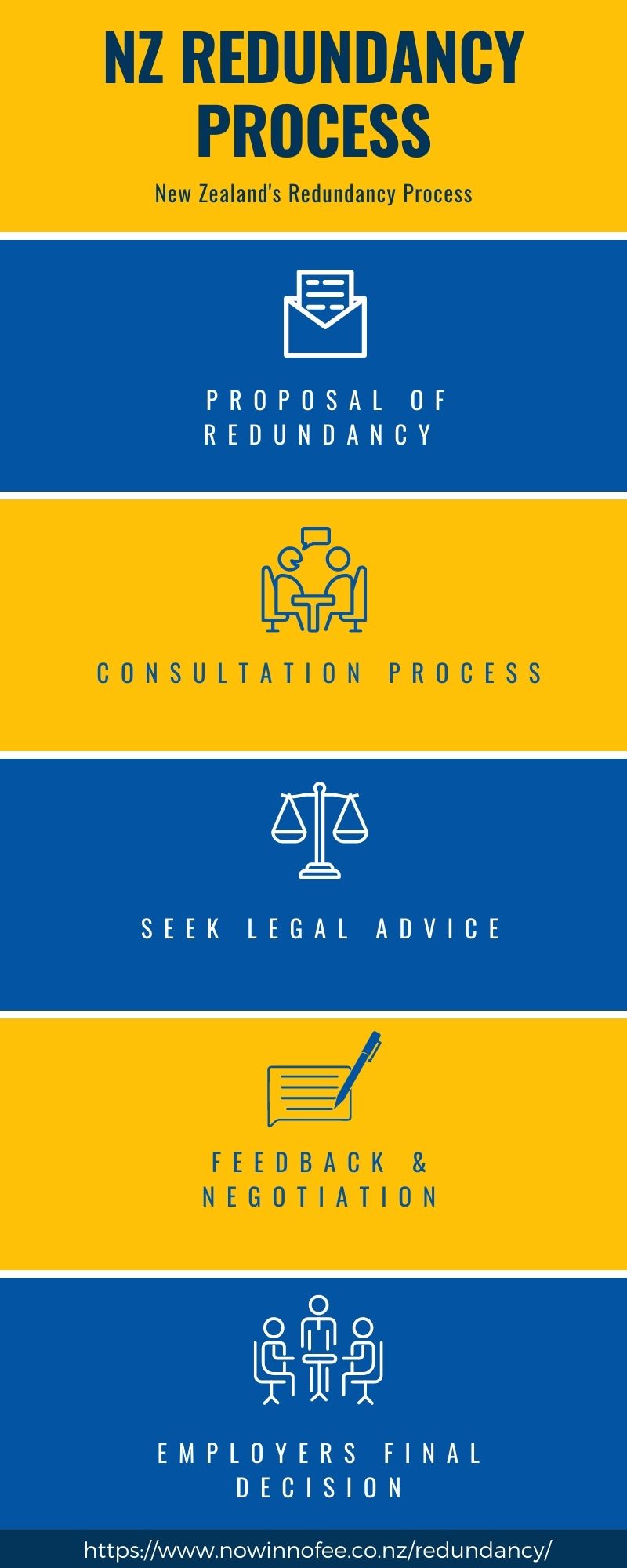What Happens to Redundancy If Company Goes Bust? A Guide to Your Rights
What Happens to Redundancy If Company Goes Bust? A Guide to Your Rights
Blog Article
Checking Out the Operational Dynamics of Company Redundancy and Its Long-Term Sustainability

Redundancy Techniques for Organization Connection
In order to make certain uninterrupted operations, companies have to carry out reliable redundancy techniques for business connection. Redundancy in this context refers to the duplication of critical components or functions within a system to alleviate the effect of possible failures. By including redundancy techniques, organizations can improve their durability versus disturbances created by numerous variables such as natural calamities, devices failures, or cyber-attacks.
One usual redundancy technique is the execution of backup systems and data storage solutions. This includes creating duplicates of vital data and systems that can be triggered in situation of a primary system failing. Furthermore, companies can develop redundant communication channels and power resources to maintain connection and operations throughout unanticipated events.
Moreover, cross-training employees to execute multiple duties within the business can serve as an important redundancy strategy. If key employees are inaccessible due to ailment or various other factors, this ensures that vital jobs can still be brought out even. Generally, reliable redundancy techniques are necessary for services to promote functional connection and lessen the impact of potential disturbances.
Influence of Redundancy on Organizational Strength
Provided the crucial function redundancy methods play in making sure business connection, discovering the impact of redundancy on business strength becomes necessary for comprehending the alternative operational dynamics of a company. Organizational durability describes an entity's capacity to adapt to disturbances, recover from problems, and transform when needed while preserving core features. Redundancy, when tactically implemented, can dramatically add to improving a company's resilience when faced with unforeseen challenges. By having backup systems, workers, or processes in location, companies can better stand up to shocks and proceed operations with marginal disturbance.
Furthermore, redundancy can promote development and creativity within a company as employees feel empowered to take computed risks, understanding that there is a safety internet to sustain them in situation of failing. Overall, the impact of redundancy on organizational strength is extensive, shaping the lasting sustainability and success of a company.
Balancing Performance and Versatility in Redundancy
Achieving an unified equilibrium in hop over to here between operational effectiveness and adaptive versatility is an essential challenge in the calculated implementation of redundancy within organizations. Efficient procedures are necessary for maintaining performance and cost-effectiveness, ensuring that resources are made use of optimally. Nevertheless, extreme emphasis on effectiveness alone can cause rigidness, making it challenging for organizations to adapt to unanticipated modifications or obstacles. On the other hand, flexibility allows companies to respond nimbly to developing conditions, cultivating technology and strength. Yet, excessive versatility without a solid operational structure can lead to inefficiencies and variance.
To balance performance and flexibility in redundancy planning, companies have to very carefully assess their operational needs, market dynamics, and tactical goals. Implementing lean methods can enhance efficiency by streamlining procedures and eliminating waste, while fostering a society of flexibility and constant enhancement can enhance flexibility. Additionally, buying cross-training programs and durable communication networks can aid grow a functional labor force efficient in taking care of diverse jobs during periods of change. Eventually, locating the appropriate balance in between performance and flexibility is vital for building a sustainable and resilient company in the face of uncertainty.
Long-Term Sustainability With Redundancy Planning
To ensure long-lasting practicality and stability, organizations have to tactically align their redundancy planning with long-lasting sustainability goals, consequently balancing operational performance with adaptive versatility. Firms ought to check out redundancy not as a reactive solution to prompt problems yet as a proactive technique for long-term success.

Positive Actions for Lasting Company Operations
Just how can companies proactively improve their functional sustainability for long-lasting success? Executing positive steps is vital for business aiming to ensure lasting operations. One crucial technique is to purchase technology and advancement to streamline procedures, decrease waste, and stay affordable out there. Taking on sustainable methods such as lowering power intake, reducing carbon impact, and optimizing source usage can not just profit the environment but also cause cost savings in the lengthy run.
In addition, promoting a culture of constant enhancement and understanding within the organization can boost flexibility to transforming market problems and client demands. Encouraging staff member participation in decision-making processes and providing possibilities for professional growth can enhance spirits, performance, and overall efficiency. Developing clear objectives, monitoring key performance indicators, and routinely examining development are important components of proactive sustainability monitoring.
Collaborating with suppliers, consumers, and other stakeholders to advertise sustainable methods throughout the supply chain can create a causal sequence of favorable influence - redundancy pay if company goes bust. By taking aggressive actions in the direction of functional sustainability, business can construct strength, drive innovation, and safeguard their long-term success in an ever-evolving organization landscape
Final Thought

In the world of organizational monitoring, the critical deployment of company redundancy stands as a critical yet complex method that requires a fragile balance between operational effectiveness and lasting stability. By dissecting the operational characteristics that underpin business redundancy and reviewing its wider implications for organizational resilience and adaptability, a nuanced understanding of just how redundancy strategies can shape the future trajectory of a firm begins to unfold.Offered the important role redundancy techniques play in guaranteeing company connection, checking out the impact of redundancy on business durability ends up being crucial for recognizing the alternative operational characteristics navigate to these guys of a business. In general, the influence of redundancy on business durability is profound, shaping the long-term sustainability and success of a firm.
In final thought, understanding the operational characteristics of firm redundancy is critical for guaranteeing lasting sustainability.
Report this page